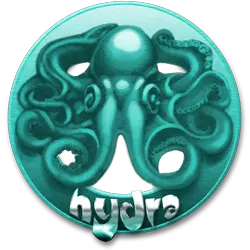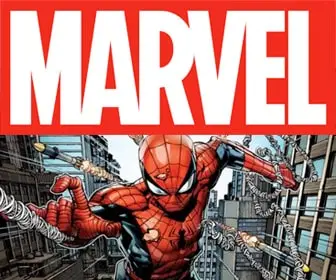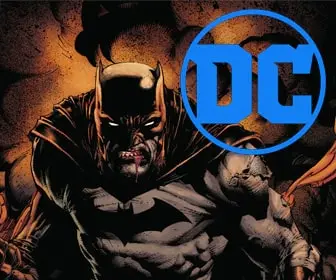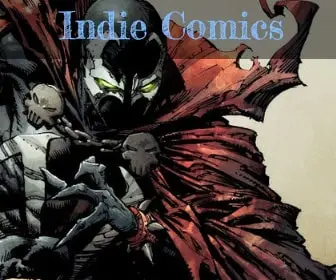
Comics That Defined Each Decade, 1970–2020
Best-Selling Comic Books by Decade: 1970 to 2020
Comic books and graphic novels have captivated readers for decades. Each era brought a standout title that defined its time and resonated with fans across the globe. Let’s explore the best-selling comic book or graphic novel from each decade, from 1970 to 2020, and the trends they represent.
1970s: Archie Comics’ Archie
In the 1970s, Archie dominated the comic book market in the United States. This lighthearted, slice-of-life series followed the antics of Archie Andrews and his friends in Riverdale. Its humor and relatable teenage drama appealed to a broad audience, making it a consistent bestseller.
The 1970s were a time when superhero comics competed with other genres, including romance, horror, and humor. Archie‘s success demonstrated the enduring appeal of non-superhero stories during this period.
1980s: DC Comics’ The Dark Knight Returns
The 1980s saw a shift toward darker and more mature storytelling in comics, and no title embodied this change better than Frank Miller’s The Dark Knight Returns. Published in 1986, this graphic novel redefined Batman as a grizzled, aging vigilante returning to action in a dystopian Gotham City.
The Dark Knight Returns sold millions of copies and had a profound impact on the comic book industry, inspiring more sophisticated narratives and bringing mainstream attention to graphic novels.
1990s: Marvel Comics’ X-Men #1
The 1990s were a golden era for comic book sales, driven by speculative buying and the rise of superstar artists. In 1991, Marvel released X-Men #1, written by Chris Claremont and illustrated by Jim Lee. This issue became the best-selling comic book of all time, with over 8 million copies sold.
The massive success of X-Men #1 highlighted the popularity of superhero teams and the power of dynamic art styles during this decade. The cover featured multiple variants, which also fueled its historic sales.
2000s: Alan Moore’s Watchmen
Though originally published in 1986-1987, Alan Moore and Dave Gibbons’ Watchmen experienced a resurgence in the 2000s, thanks to critical acclaim and the growing interest in graphic novels as a literary medium. Watchmen became a perennial bestseller, especially after its inclusion in Time magazine’s list of the 100 best novels.
The 2009 film adaptation further boosted its sales, making it one of the most iconic graphic novels of the decade. Its success reflected the maturation of the comic book medium and its crossover into mainstream culture.
2010s: The Walking Dead by Robert Kirkman
The 2010s belonged to The Walking Dead, a comic book series by Robert Kirkman, Tony Moore, and Charlie Adlard. Published by Image Comics, the series’ gripping story of survival during a zombie apocalypse captivated readers.
The accompanying television adaptation, which debuted in 2010, further propelled the comic’s popularity. Special issues, trade paperbacks, and collected editions of The Walking Dead consistently topped sales charts throughout the decade.
2020s: Manga’s Domination with Demon Slayer
The 2020s saw the continued global rise of manga. Demon Slayer: Kimetsu no Yaiba by Koyoharu Gotouge became a cultural phenomenon, selling over 100 million copies within a few years. Its gripping story, relatable characters, and breathtaking anime adaptation drove its record-breaking sales.
The success of Demon Slayer reflects manga’s dominance in the global comic book market, as it consistently outsells Western comics.
The Evolution of Comic Book Success
From Archie in the 1970s to Demon Slayer in the 2020s, each decade’s best-selling title reflects the changing tastes of readers and the industry’s evolution. These comics and graphic novels are not just stories; they are cultural milestones that continue to inspire fans and creators alike.
















